Thames - Timbermill
Thames Distillers is an independent distiller and bottler of Gin. At the Timbermill Distillery in London, Thames Distillers is responsible for the conception, development and production of Gin for various clients or brands. Over time, more than 60 different Gins have been developed with the distillery, including Fords London Dry Gin, the rye-based Barentsz Gin or the cold-distilled Oxley Gin.
| Information about the Distillery | |
|---|---|
| England | |
| -0.134311 51.467582 | |
| Active | |
| 1996 | |
| Charles Maxwell | |
| http://www.thamesdistillers.co.uk/ |
| Average tasting notes Tasting notes |
Calculated from 28
i
|
|
|---|---|---|
|
Nosing
Herbs:
Herbs:
Floral:
Fruit:
Zitrus:
Spices:
Spices:
Floral:
Tropical Fruit:
Tropical Fruit:
Zitrus:
Heather:
Heather:
Pepper:
Pepper:
Tasting
Pepper:
Cinnamon:
Clove:
Cinnamon:
Clove:
Spices:
Spices:
Pepper:
Zitrus:
Oil:
Oil:
Nuts:
Zitrus:
Herbs:
Herb:
Herb:
Grass:
Heather:
Floral:
Berries:
Lemon:
Berries:
Lemon Peel:
Fruit:
|
||
The Gin
The inventor of Fords Gin, Simon Ford, put the cart before the horse for the flavour spectrum. Based on the most popular Gin cocktails, he selected the nine botanicals in such a way that they complement each other aromatically. A Negroni, for example, which also contains Campari, goes well with the incorporated ingredients of orris root, orange and grapefruit. Other botanicals include juniper, of course, as well as coriander, angelica root, lemon, cassia bark and jasmine flowers.
In addition to juniper, Barentsz Gin is mainly characterised by the aroma of Chinese jasmine flowers. The special ingredient is also related to the Gin's namesake, the Dutch navigator Willem Barentsz. At the end of the 16th century, he explored a north-eastern trade route to China through the Arctic. The other botanicals are also sourced from specific countries: orange peel and almonds (Spain), coriander seeds (Romania/Bulgaria), liquorice (China), cassia bark (Indonesia) and angelica and orris root (Poland and Italy respectively) add further aromas to the Gin.
Oxley London Dry Gin is not distilled as usual, but 'cold distilled'. Instead of heating it, Oxley Gin is cooled down considerably in the still, which allows the producers to use fresh, frozen rather than dried citrus peels as botanicals. Apart from these citrus peels and, of course, juniper, a total of 14 unspecified botanicals are used in the cold distilled Gin. The 47% Gin is always produced in small batches and bottled in individually numbered decanters.
The Production
Charles Maxwell is Master Distiller at Thames Distillers. The veteran has over 40 years of experience in Gin distilling and builds on four centuries and seven previous generations of family tradition in this field. Now in his eighth generation, he continues the family history begun in the 17th century at Timbermill Distillery.
To make Fords Gin, the nine dried botanicals are first left to steep in the stills for 15 hours, both to soften them and to bring out more flavour before distillation. The 15-hour maceration period releases most of the botanicals' oils, resulting in a strong and creamy Gin. Finally, Fords Gin is distilled in Coffey stills made by the famous English still manufacturer Jon Dore. The stills, which were built especially for Thames, are called Tom Thumb and Thumbelina and each hold 500 litres, with 200 litres of Fords Gin being produced in each batch. In the final step, the distilled Gin is shipped to California to be blended with regional spring water and bottled in Mendocino County.
The distinctive feature of Barentzs Gin is its base of rye and winter wheat. This base spirit is particularly soft, so that the aromas of the fresh botanicals come to the fore and the Gin can also be enjoyed neat.
As already mentioned, Oxley Gin is 'cold distilled'. At temperatures below freezing (-5°C), a vacuum is created in the still. This pressure causes the spirit to 'boil' and rise into the condenser. In the -127°C condenser, the contents of the still liquefy again. The cold temperatures enable fresh botanicals to be used instead of the usual dried ones. These give off a much more pronounced aroma. After distillation, the Gin can be bottled directly without a resting period.
History
In 1996, Charles Maxwell founded Thames Distillers in south-east London and named his company after the famous river that runs through the middle of the English capital. Since then, the Maxwell family has conducted their Thames Distillers and Timbermill distillery as a family business. Their business model is to work out Gin recipes in collaboration with their customers and then produce them on a contract basis from the very beginning, from distillation to bottling and packaging. Thus, Thames Distillers now has an impressive portfolio of around 60 Gins that have been and are produced there. These include not only established Gins such as the Oxley, Barentzs and Fords mentioned above, but also smaller runs for individual bars.
Visitor Centre
The Timbermill distillery is not open to the public.
Thames Distillers
Timbermill Way
Gauden Road
London SW4 6LY
Tel: +44 207720 4747
Email: info@thamesdistillers.co.uk

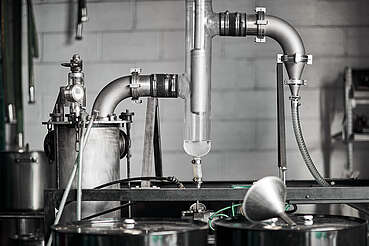
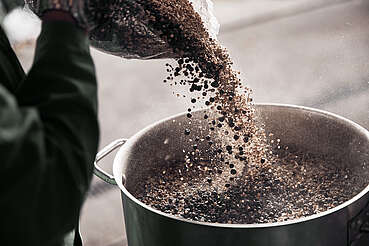
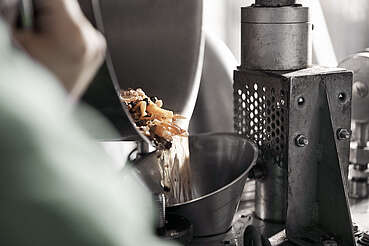
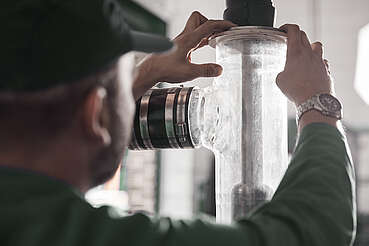
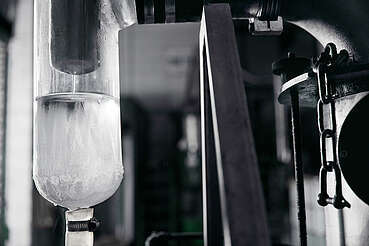
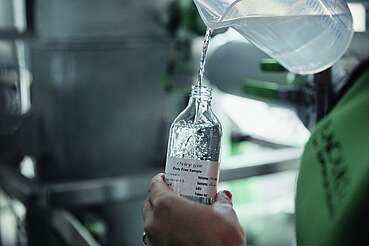
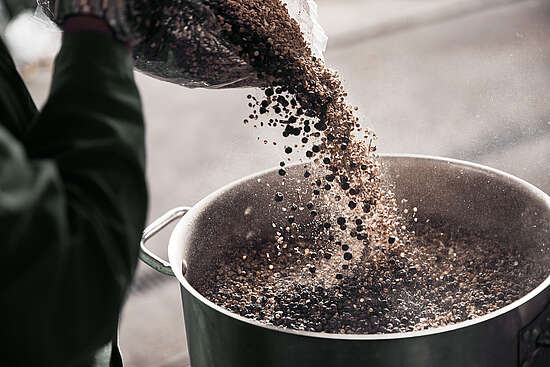




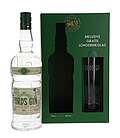




User Notes about the Distillery
Share your experience with other whisky lovers. Write a note about your trip to the Thames - Timbermill distillery.